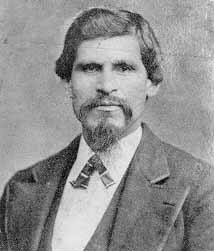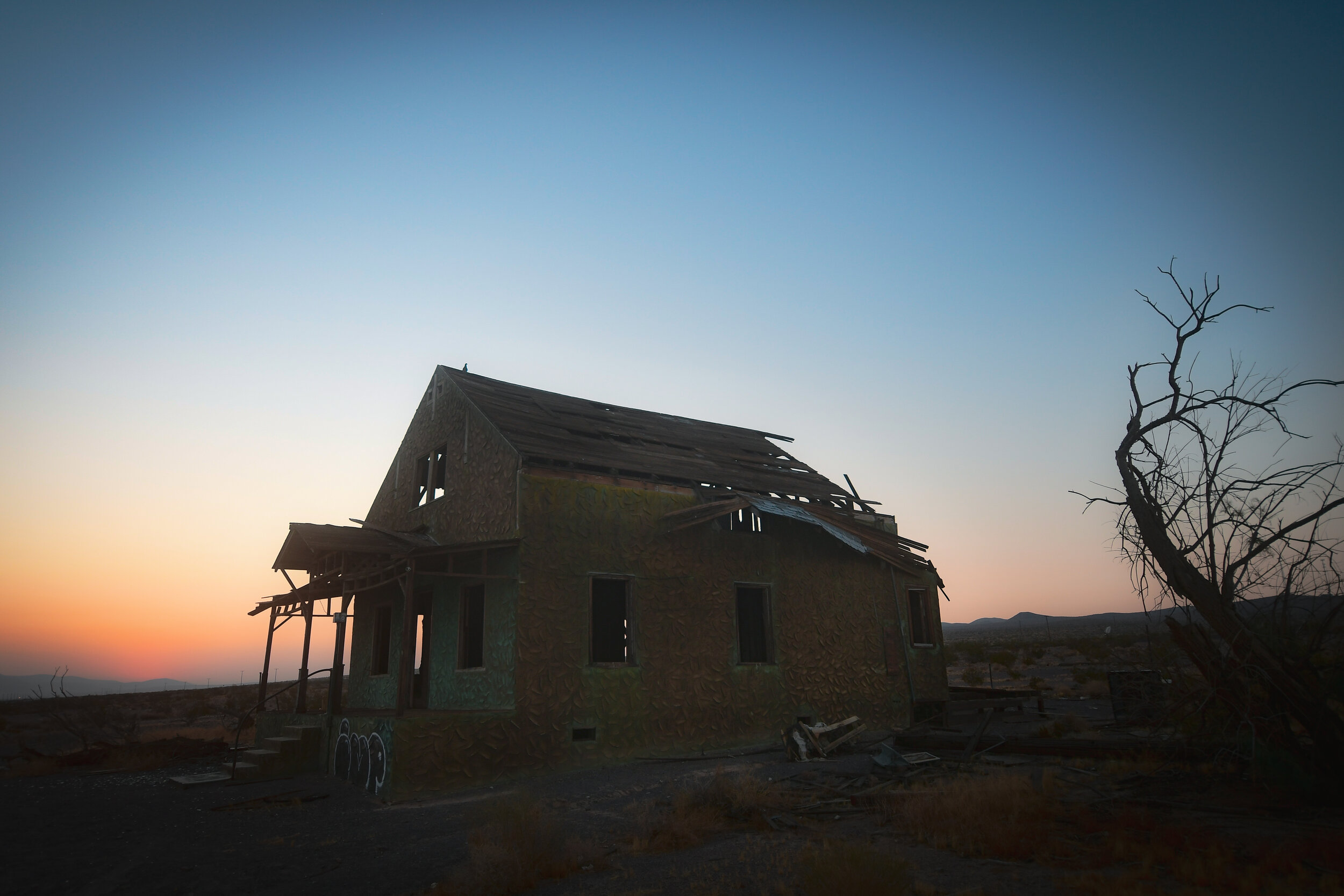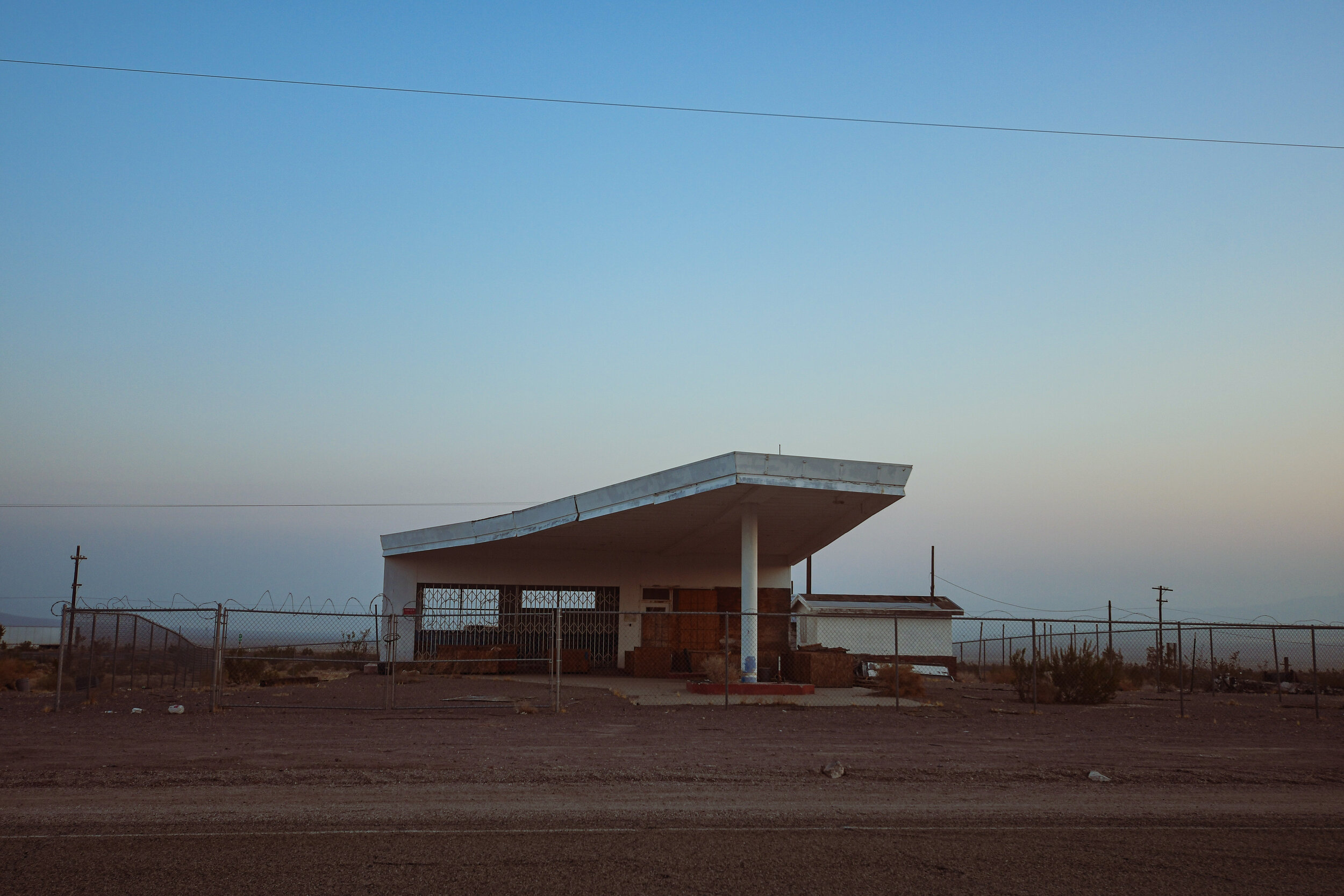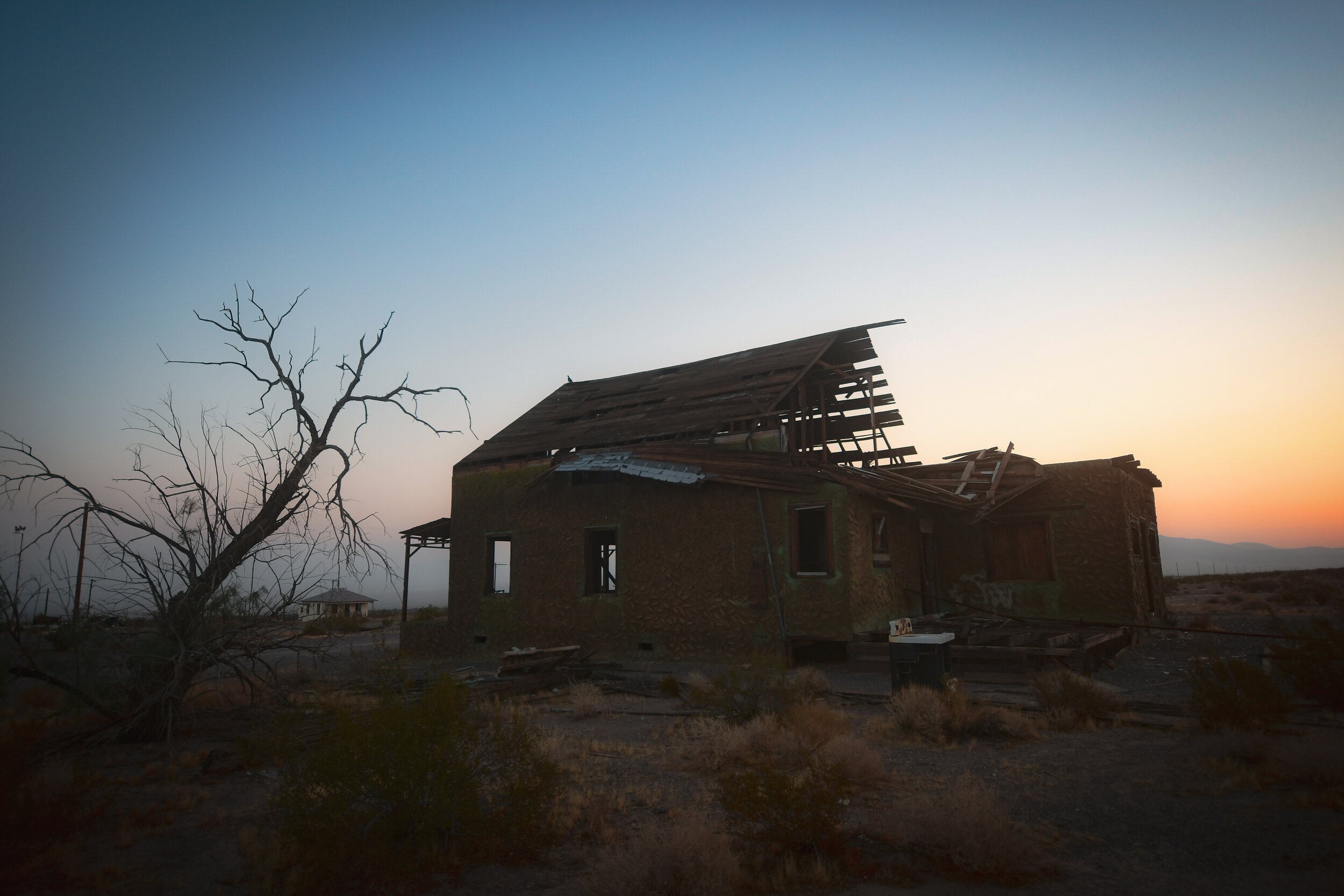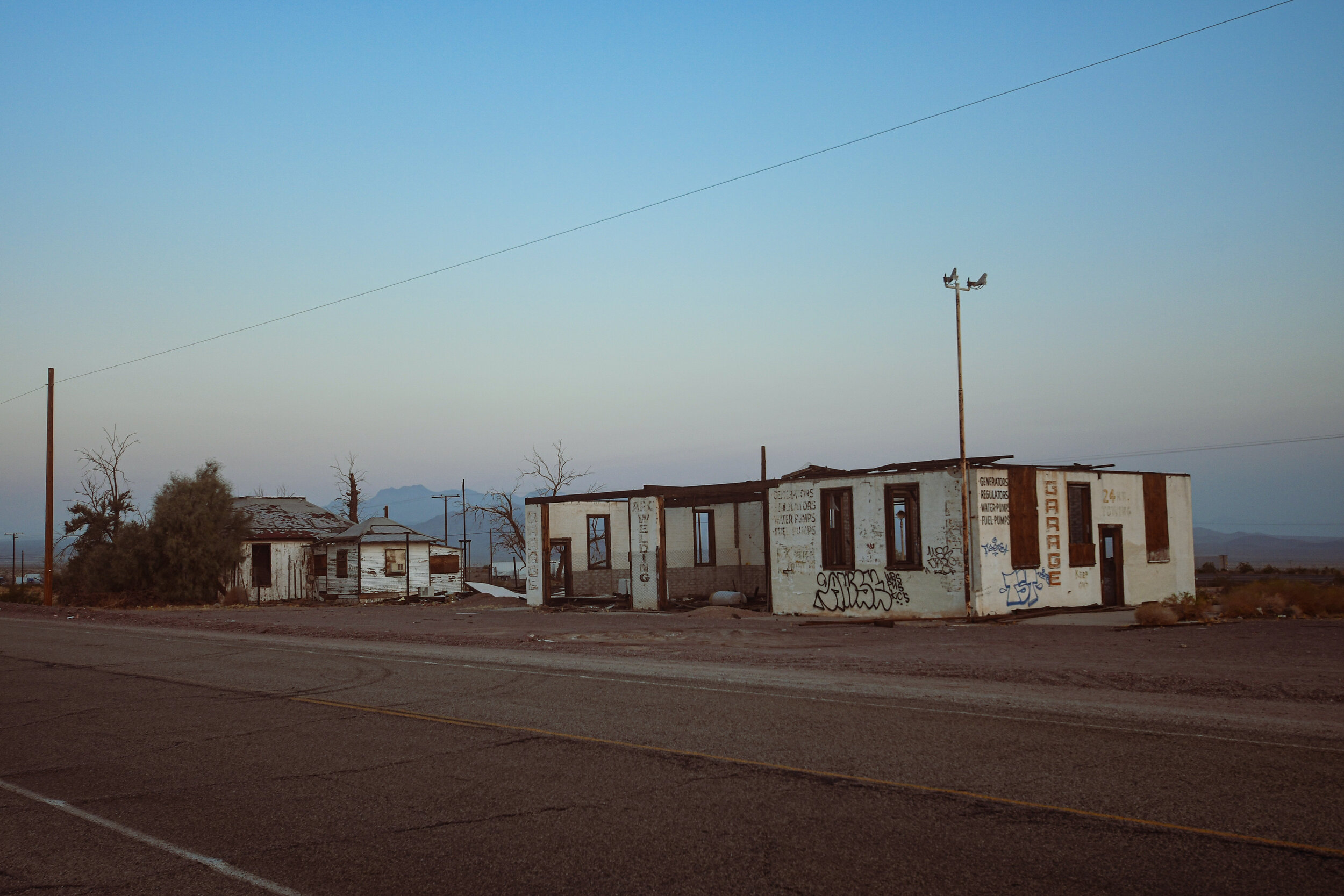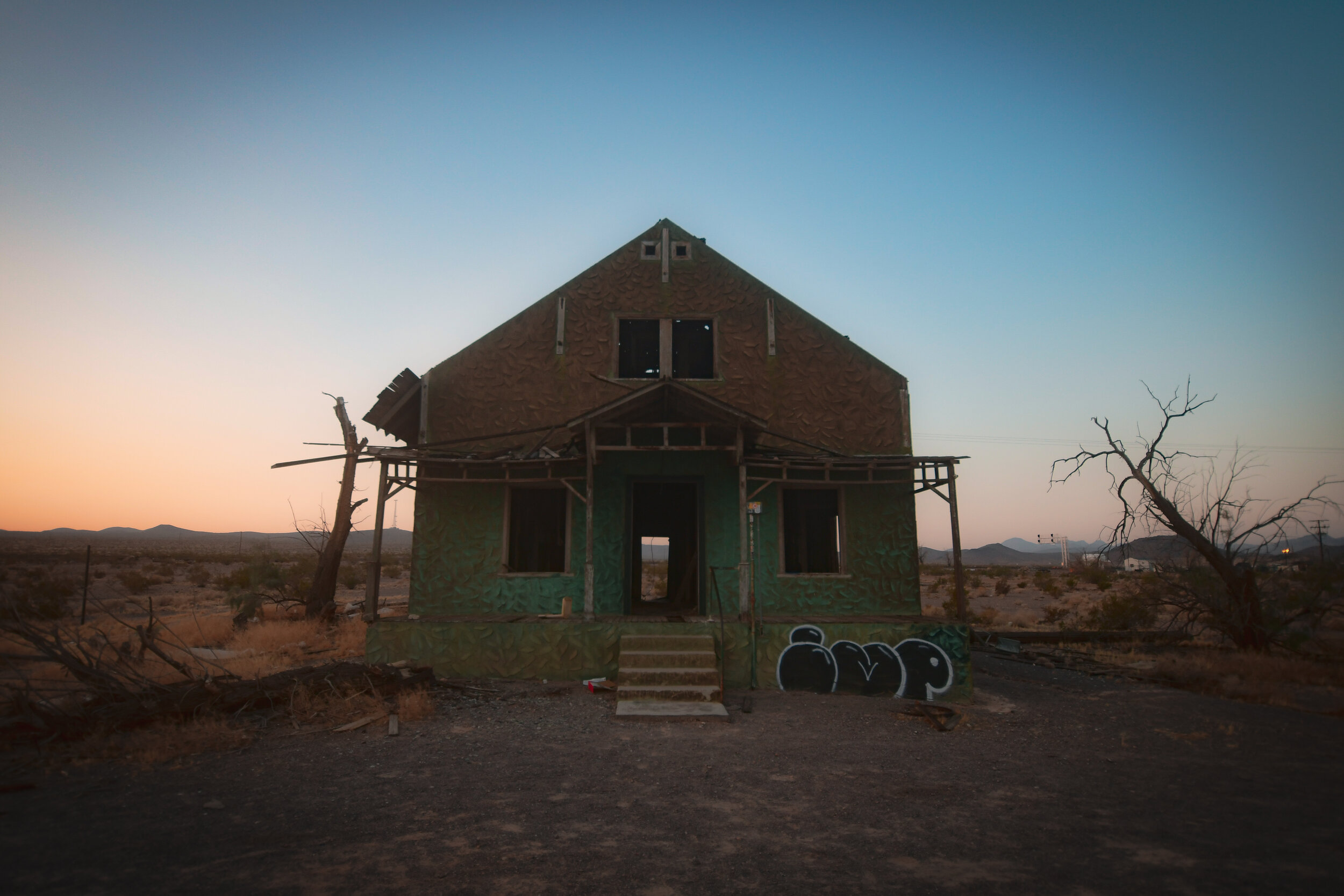born 1889, minnesota
she never married &
instead worked
house maid
hotel maid
the places they let
us be. each census
a row under a man’s
name until
san francisco &
”head of household”
scrawled beside
still a maid but now
on her own line.
histories
standing stones
journal:
“I don’t think I understoond the word verdant until now. not fully. whereas dublin is grey & a bit blunt the countryside is lush & rugged & rolling hues of green interspersed with slate rock & peat bogs.
the roadsides are dotted with serene collections of mountain sheep grazing away as the cars move around them like a planet in orbit. they can sense the rain & lay down when it’s on its way. sometimes they lay together in little groups of 2 or 3 resting their pitch black faces on each other like woolen pillows.”
poulnabrone dolmen is the largest & best preserved of irelands some 172 dolmens or pass through tombs. the partial remains of at least 33 people have been found here, indicating the site was used for ritual rather than an long term burial location. the structure dates to the neolithic era, but was in use up through the bronze age.
vasquez rocks
just off highway 14 less than 45 mins from los angeles are vasquez rocks. you may recognise this formation from the movies, they have starred in everything from star trek to blazing saddles to the flintstones. the striking shapes were created by rapid erosion during uplift some 25 million years ago & later revealed by further uplift on the san andreas fault.
what’s uplift? known to geologists as orogeny, this is the primary way mountains are formed on earth. an orogeny occurs where two or more (lithospheric) plates converge when the plate’s motion compresses the margin between them. this pressure forces the earth’s crust to crumble & uplift into the formations you see here. these will eventually (millions of years from now) become mountains.
ongoing tectonic activity on the nearby san andreas fault and its offshoot, the elkhorn fault which runs through the vasquez rocks natural area park, continues to shape, uplift, & expose the buried sandstone.
the rocks were named for famous mexican california outlaw tiburcio vasquez who used them to evade law enforcement in 1874. tiburcio was & is a controversial figure, with some believing him a ruthless bandit & others seeing him as a revolutionary opposing the american expansion into present day california.
vasquez entered outlaw life in 1852 when he was witness to the killing of monterey constable william hardmount. though he denied any involvement in the death vasquez fled law enforcement, going on to become a star figure in the infamous decades long roach-belcher feud. after being caught horse rustling in 1856 he spent five years in san quentin before organizing a prison break. in 1866 he was imprisoned again, this time for three years after a burglary in petaluma.
after he was arrested for murder in may 1874 vasquez, who was a charming & handsome figure with many fans throughout the west, sold photographs with & of himself to support his legal defense. he was tried for a murder that occurred four years prior during a robbery in tres pinos (now called paicines) where $2,200 (more that $47,000 in today’s money) was stolen from a store & three were killed. vasquez maintained throughout his trial that though he was an outlaw, he was not the killer. despite his adoring public & a written confession from another member of the gang, he was convicted of the crime & executed by hanging on 19 march 1875 at just 39 years old.
there are numerous geologic formations throughout southern california named for vasquez, including these rocks & robbers roost in kern county. he is buried in the mission cemetery in santa clara where fans still leave him flowers.
because of his affluent background, good looks, education, & sense of style, vasquez is believed to be one of the inspirations for the bandit-hero character zorro.
llano
Perpetual politician Job Harriman lost his 1911 race for mayor of Los Angeles & turned to Antelope Valley to put his socialist principles into practice.
Harriman, along with a handful of other socialist peers, purchased some 9000 acres that had previously belonged to a temperance colony just 45 miles north of Los Angeles in the high desert. The group formed a corporation wherein each had an equal share & set about financing a new socialist colony to show the capitalist outside world what was possible. By 1914 the Llano del Rio company was born.
Membership of the colony was advertised in several nationwide socialist newspapers & required the purchase of 2000 shares in the company at $1 each. Applicants required references & an interview before they were accepted. They needed to be industrious, sober, & caucasian: Llano del Rio was whites only. The company had this to say about their segregation: “the rejection of these applications are not due to race prejudice but because it is not deemed expedient to mix the races in these communities.”
Community members were drawn to the colony on the promise of good wages, vacation days, & the allowance of personal property. These enticements were met only partially & the promised wages of $4 a day never materialized. Despite its goals, Llano was not utopia.
The community’s political stability was threatened by internal power struggles. Governed by a board of directors, Llano’s stockholders & residents (known as the general assembly) began to resent the consolidation of power at the top. Direct democracy also proved to be a logistical issue. Long discussions were held on every aspect of colony life, include when to harvest crops. An inability to reach consensus on a harvest timeline led to some crops rotting in their fields.
Water also proved to be an issue. Though the company had purchased water rights when they acquired the land, they needed to apply to the state for permits to build a dam for irrigation. The California commissioner of corporations, adamantly against socialism, denied the permit request. Neighbors also began to sue the company for water access, most were spurred to action by their dislike of socialist principles.
By late 1917 Llano del Rio was collapsing. Drowning in debt & with more legal troubles on the horizon, the company sought a new location in Louisiana. A handful of colony members made the cross-country move. By 1918 California’s Llano del Rio company had declared bankruptcy. Ruins, directly off the west bound side of route 138, are all that remain of this vision of a socialist future.
lake hollywood
hollywood reservoir drawing, 2021
lake hollywood reservoir, also known as simply hollywood reservoir, is located in the hollywood hills in the santa monica mountains.
the reservoir is created by mulholland damn, which was built in 1924 by the los angeles department of water & power. it holds a maximum of 2.5 billion gallons of water, but since 1931 has been kept permanently lowered to a maximum of approximately 1.3 billion gallons. its deepest point is 183 feet.
william mulholland, the dam’s namesake, was an irish american civil engineer & the head of the department of water & power in los angeles. he was the engineer behind several dam projects throughout the state, & he even consulted on nevada’s hoover damn. he was the chief engineer of the los angeles aqueduct, which met with rebellion in owens valley in 1924. there were several attempts to sabotage the aqueduct by local area farmers & ranchers in a period known as the “california water wars”. the rebellion ended, however, with the collapse of the local county bank in 1927.
mulholland was haunted for much of his life by the st. francis dam collapse of 1928. just 12 hours after he & his assistant examined the completed dam it failed, sending 12.4 billion gallons of water in a wall 140 feet high & at speeds of up to 18 miles per hour, rushing into the scattered towns below. the water eventually spilled into the pacific ocean 54 miles from its point of origin. mulholland took full responsibility for the collapse & retired 9 months later. at least 431 people died.
the inquest recommended mulholland not be held criminally liable for the disaster, though in some of his testimony he stated: “whether it is good or bad, don't blame anyone else, you just fasten it on me. if there was an error in human judgment, I was the human, I won't try to fasten it on anyone else.”
mulholland spent the remainder of his life in seclusion, dying in 1935 from a stroke. he is buried in the forest lawn memorial park cemetery in glendale, caifornia.
turn of the mill
previously known as el paso city, cow wells, or eugeneville, the now abandoned garlock was a mining support town which came to life when a farmer from tehachapi–eugene garlock–brought an 8 stamp mill into the area in 1894. at its height the town was home to some 300 residents, including the eccentric burro schmidt–an area miner who spent decades digging a tunnel through the el paso mountains.
by 1898 garlock was losing its luster. the development of stamp mills & support towns nearby in barstow & other places made garlock’s offerings obsolete. by the time a stamp mill was opened in randsburg in 1903, garlock was fading fast. its founder died in 1907, leaving behind a ghost town.
william “burro” schmidt was perhaps garlock’s most well known resident. in the early 1900s he decided to tunnel through the el paso mountains with the stated purpose of creating for himself a “shortcut” between local ore mills & his mining claim nearby. schmidt seems to have fudged the details about the reason for his tunnel, however, since it begins at his homestead & spits out on a 4000 foot high ledge a distance away from his claim. the tunnel, just over half a mile long, took schmidt 36 years to dig using only a combination of hand tools & dynamite.
area residents thought schmidt out of his mind, especially after a road was constructed nearby making the need for a tunnel obsolete. he embraced his status as a crazy tunneler & publicly declared that he was obsessed with the dig & had no intention of stopping. privately, it seems his work was actually much more logical: he was following a thick vein of gold & copper through the mountain.
schmidt never mined the ore he found in his tunnel however. he died in 1954, a high desert legend. the town of garlock was made a california historic landmark in 1958. it is now largely private property & is partially fenced. burro schmidt’s tunnel still exists, managed by the bureau of land management & accessible by a poorly maintained dirt road. entering it is not recommended.
lost things
ludlow california is an unincorporated community which dates back to the late 1800s. the town itself was founded in 1882 & named after william ludlow of the southern pacific railroad. after a decline in mining & railway projects the town served as a rest stop on the infamous route 66. when interstate 40 was built in the 1960’s ludlow was largely deserted. departing residents left abandoned buildings dotting the old highway. the town is now home to a gas station, diner, & small motel. as of year 2000 the population was 10.
I stopped in ludlow just as dawn broke on my way to amboy crater, only a handful of miles further on route 66. fascinated by the dawn light on the scattered crumbling buildings, I used it as an opportunity to try out my diffuser filter, & got these dreamy looking shots.
filter is the cinebloom 20% from moment.
chasing rainbows
recently I learned about a place called rainbow valley. this is a section of the northeast ridge route up mt. everest, located within the infamous “death zone” at an altitude of more than 26,000 feet. fascinated by the places that lure us, I had to write about rainbow valley. listen below to learn more about mt. everest’s “death zone” & hear my poem, chasing rainbows.
Music:
Sad Trio by Kevin MacLeod
Link: https://incompetech.filmmusic.io/song/4314-sad-trio
License: http://creativecommons.org/licenses/by/4.0/
histories
Have been going through old family photos…
Top left: my grandmother & great grandfather, 1953
Top right: my great grandfather, probably 1964.
Bottom right: my great grandmother, 1964.


